Featured Image: Austin DeSisto/Everyday Astronaut
Liftoff Time | March 4, 2024 – 03:53:38 UTC March 3, 2024 – 22:53:38 EST |
|---|---|
Mission Name | Crew-8, or United States Crew Vehicle mission 8 (USCV–8) |
Launch Provider | SpaceX |
Customer | National Aeronautics and Space Administration (NASA) |
Rocket | Falcon 9 Block 5, Booster B1083-1 |
Launch Location | Launch Complex 39A (LC-39A), Kennedy Space Center, Florida, USA |
Payload mass | Not specified |
Where is the spacecraft going? | Crew Dragon will rendezvous with the International Space Station (ISS) in an orbit of around 400 km. |
Will they be attempting to recover the first stage? | Yes |
Where will the first stage land? | Landing Zone 1 |
How’s the weather looking? | The weather is currently 85% go for launch (as of March 4, 2024 – 01:13 UTC). |
This will be the: | – 305th Falcon 9 launch – 279th booster landing – 205th consecutive booster landing (a record) – 13th SpaceX crewed mission – 8th CCtCap (Commercial Crew Transportation Capability) mission – 5th flight of Crew Dragon C206 “Endeavour” – 6th flight of a new Falcon 9 booster to launch humans – 20th launch for SpaceX in 2024 – 42nd orbital launch attempt of 2024 |
Where to watch | NASA’s official livestream on Youtube Tim Dodd, the Everyday Astronaut, will be streaming at T-60ish minutes; come ask questions and join the conversation live! |
What Does All This Mean?
For the eighth time, SpaceX will launch astronauts to the International Space Station (ISS) in the Crew Dragon spacecraft atop a Falcon 9 rocket for the Commercial Crew Program. The rocket is set to lift off from Launch Complex 39A (LC-39A), Kennedy Space Center, Florida, USA. Crew-8 will be the fifth flight of the Crew Dragon Endeavour spacecraft.
SpaceX’s crewed flight personnel has ranged from commercial astronauts to private citizens. As of Crew-8, SpaceX will have launched twelve missions with humans onboard. These include the eight commercial crew program missions, Demonstration Mission-2, Inspiration4, and Axiom 1, Axiom 2, and Axiom 3 which visited the ISS. The total number of humans launched by SpaceX, upon the successful completion of Crew-8, totals 50.
After its trip in space, this Dragon 2 spacecraft will dock to the ISS on March 5 at 08:00 UTC, where it will stay for about six months.
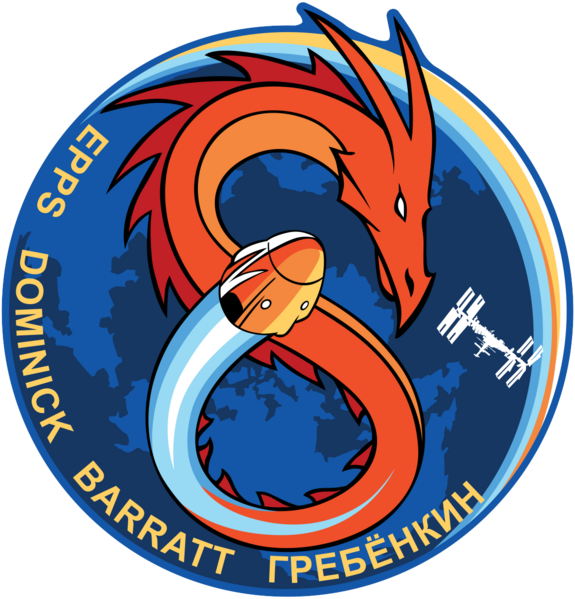
How Did It Go?
The Crew-8 mission lifted off on time at 03:53 UTC on March 4, 2024 (March 3, 2024 – 22:53:38 EST). The Crew Dragon then docked to the Harmony forward port of the ISS at 07:28 UTC (02:28 EST) on the following day, March 5, 2024. The crew will now live and work aboard the ISS for the next six months.
Crew-8 (USCV-8)
Crew-8 is the eighth regular crew rotation mission to the ISS to launch atop a SpaceX Falcon 9 rocket. Crew Dragon Endeavour will carry four astronauts to the station where they will stay for six months. In the spring of 2024, the Crew-7 astronauts currently aboard the ISS — Jasmin Moghbeli, Andreas Enevold Mogensen, Konstantin Sergeyevich Borisov, and Satoshi Furukawa — will depart and return to Earth. Crew-8 will join the MS-24 cosmonauts Oleg Kononenko, Nikolai Chub, and astronaut Loral O’Hara.
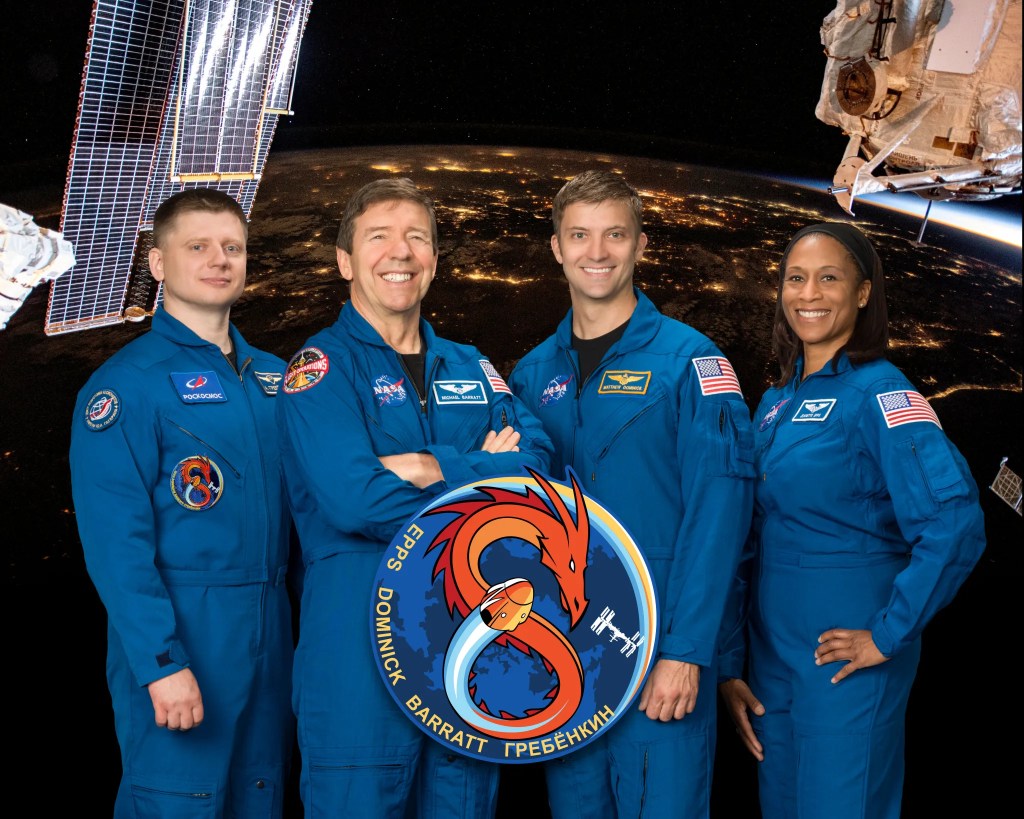
Meet The Crew
Flying on Crew Dragon Endurance will be three NASA astronauts, and one ROSCOSMOS cosmonaut. Crew-8, with its combination of astronauts and cosmonauts is a prime example of international collaboration.
- Commander: NASA astronaut Matthew Dominick
- Pilot: NASA astronaut Michael Barratt
- Mission Specialist: NASA astronaut Jeanette Epps
- Mission Specialist: ROSCOSMOS cosmonaut Alexander Grebenkin
Crew-8 Commander Matthew Dominick
Commander Matthew Dominick was born on December 7, 1981, in Colorado, US. Dominick graduated from the University of San Diego with a bachelor’s degree in electrical engineering with minors in physics and mathematics and later a gained a master’s degree in in Systems Engineering from the Naval Postgraduate School. He went on to join the US Navy as a test pilot.
Matthew Dominick was selected as a member of NASA Astronaut Group 22 in June 2017 and began his two-year training shortly after. In January 2020, Dominick graduated together with 13 of his colleagues. The Crew-8 mission will be Dominick’s first spaceflight.
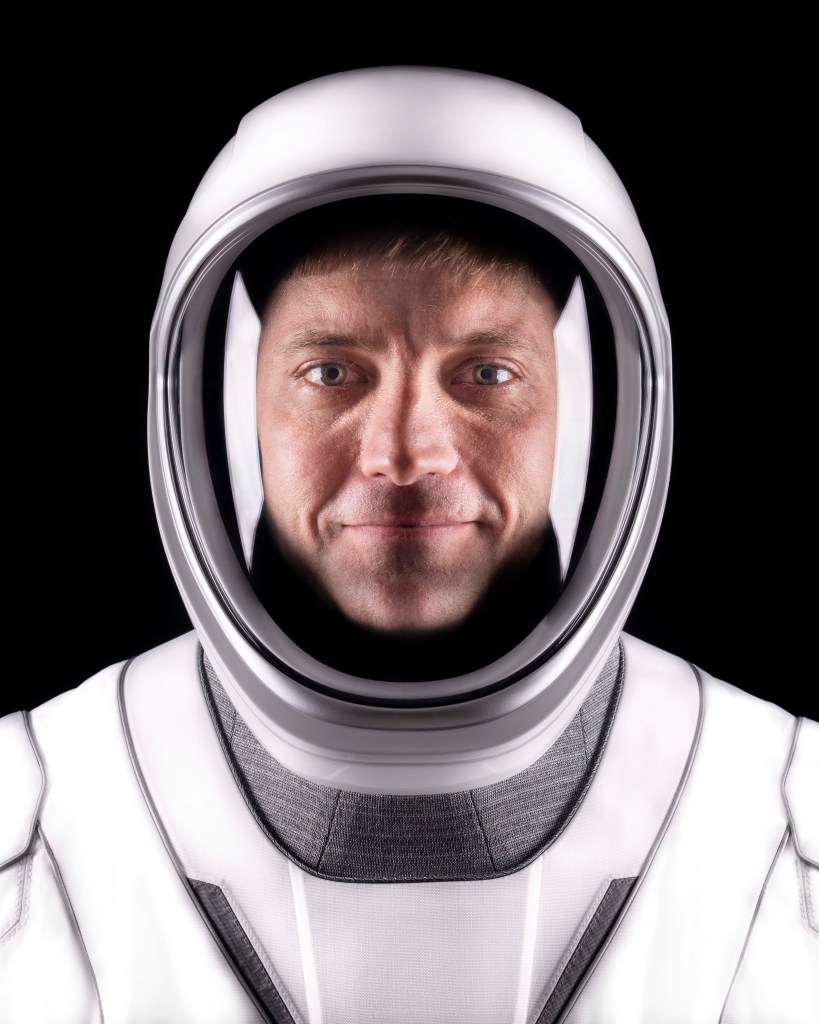

Crew-8 Pilot Michael Barratt
Born on April 16, 1959 in Vancouver, Washington, United States, Dr. Michael Barratt is an NASA astronaut who has flown on two previous missions, spending a total of 211 days in space. Crew-8 will be Dr. Barratt’s third spaceflight.
Dr. Barratt has a Bachelor of Science in Zoology from the University of Washington, and a Doctor of Medicine (M.D.) from Northwestern University.
Dr. Barratt has a long history at NASA, with much of his work focusing on researching human adaptation to spaceflight. He first joined NASA in 1991 as a project physician working on medical systems for Space Station Freedom, before later becoming a NASA Flight Surgeon. From 1995 to 1998 he was the Medical Operations Lead for the ISS. Dr. Barratt was selected as an astronaut in 2000.
His first mission was Expedition 19/20 in 2009, serving as the Flight Engineer on Soyuz TMA-14. He spent 199 days aboard the ISS and completed two spacewalks. Dr. Barratt’s second mission was STS-133, which was the final mission for the Space Shuttle Discovery. He was a Mission Specialist on this 13 day mission to the ISS.
Crew-8 Mission Specialist Jeanette Epps
Mission Specialist Jeanette Epps was born on November 3, 1970 in Syracuse, New York, US. She holds a bachelor’s degree in physics from Le Moyne College, and a Masters and Ph.D. in aerospace engineering from the University of Maryland. While at graduate school, Epps was a NASA Fellow, and published many highly cited journal articles about her research.
Before joining NASA, Epps worked at Ford Motor Company and the Central Intelligence Agency.
Epps was selected as a member of NASA Astronaut Group 20 in June 2009, completing her training in 2011. Following this she served as an aquanaut on the Aquarius underwater laboratory for the NEEMO 18 exploration mission. The Crew-8 mission will be her first spaceflight.
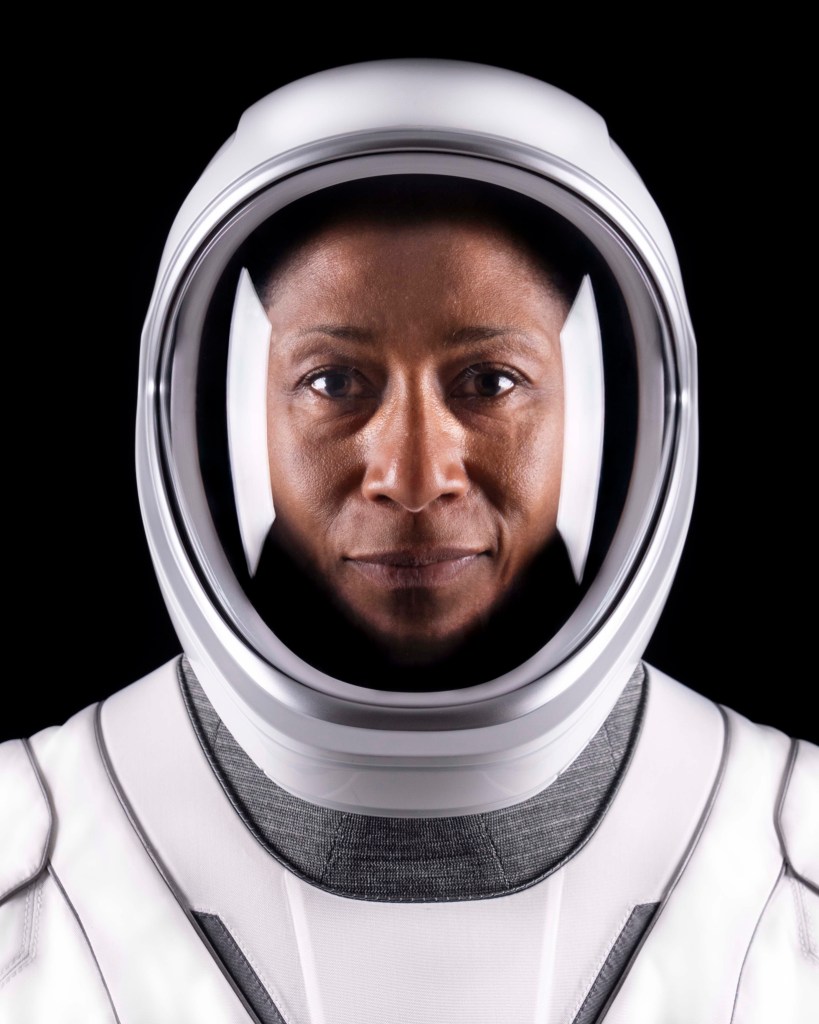
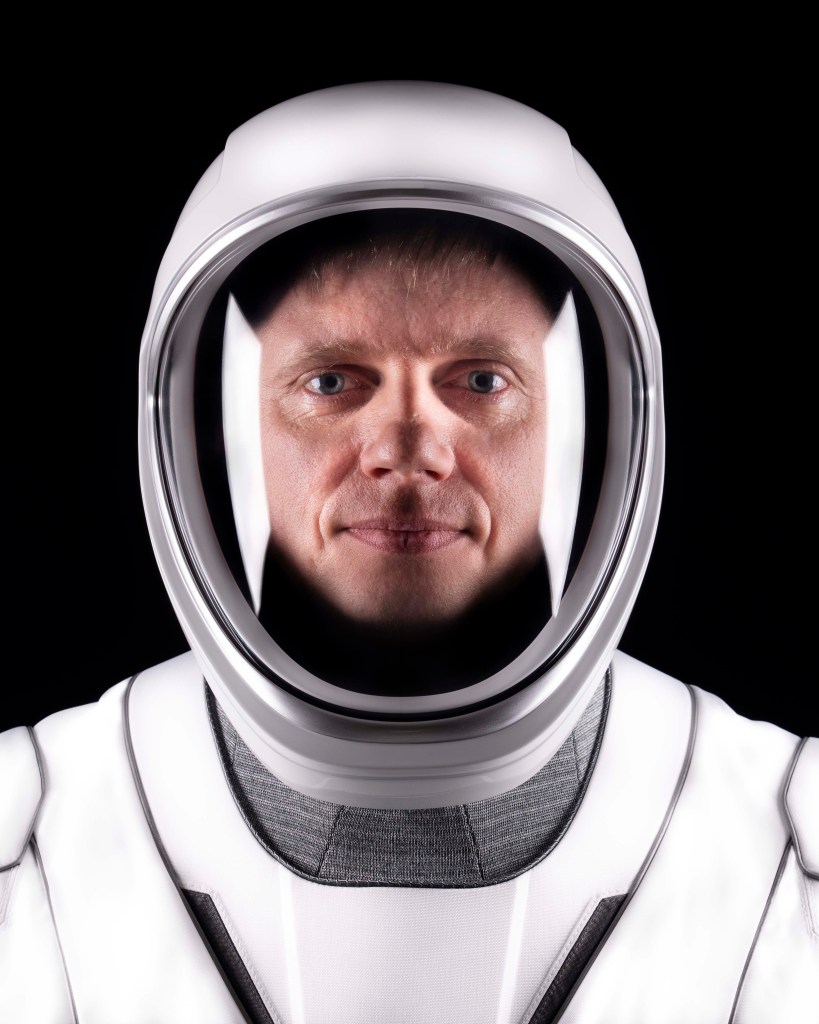
Crew-8 Mission Specialist Alexander Grebenkin
Born on July 15, 1982 in Myski, Russia, Mission Specialist Alexander Grebenkin is a Roscosmos cosmonaut.
Grebenkin graduated from the Irkutsk Military Aerospace Engineering Institute with a technician diploma in ‘Technical operation of transport radio-electronics”. He was later selected for the 2018 group of Russian cosmonauts, graduating in 2020. He was then selected as a member of Expedition 71, which will mark his first journey to space.
What Is Falcon 9 Block 5?
The Falcon 9 Block 5 is SpaceX’s partially reusable two-stage medium-lift launch vehicle. The vehicle consists of a reusable first stage, an expendable second stage, and, when in payload configuration, a pair of reusable fairing halves.
First Stage
The Falcon 9 first stage contains nine Merlin 1D+ sea-level engines. Each engine uses an open gas generator cycle and runs on RP-1 and liquid oxygen (LOx). Each engine produces 845 kN of thrust at sea level, with a specific impulse (ISP) of 285 seconds, and 934 kN in a vacuum with an ISP of 313 seconds. Due to the powerful nature of the engine, and the large amount of them, the Falcon 9 first stage is able to lose an engine right off the pad, or up to two later in flight, and be able to successfully place the payload into orbit.
The Merlin engines are ignited by triethylaluminum and triethylborane (TEA-TEB), which instantaneously burst into flames when mixed in the presence of oxygen. During static fire and launch the TEA-TEB is provided by the ground service equipment. However, as the Falcon 9 first stage is able to propulsively land, three of the Merlin engines (E1, E5, and E9) contain TEA-TEB canisters to relight for the boost back, reentry, and landing burns.
Second Stage
The Falcon 9 second stage is the only expendable part of the Falcon 9. It contains a singular MVacD engine that produces 992 kN of thrust and an ISP of 348 seconds. The second stage is capable of doing several burns, allowing the Falcon 9 to put payloads in several different orbits.
For missions with many burns and/or long coasts between burns, the second stage is able to be equipped with a mission extension package. When the second stage has this package it has a grey strip, which helps keep the RP-1 warm, an increased number of composite-overwrapped pressure vessels (COPVs) for pressurization control, and additional TEA-TEB.
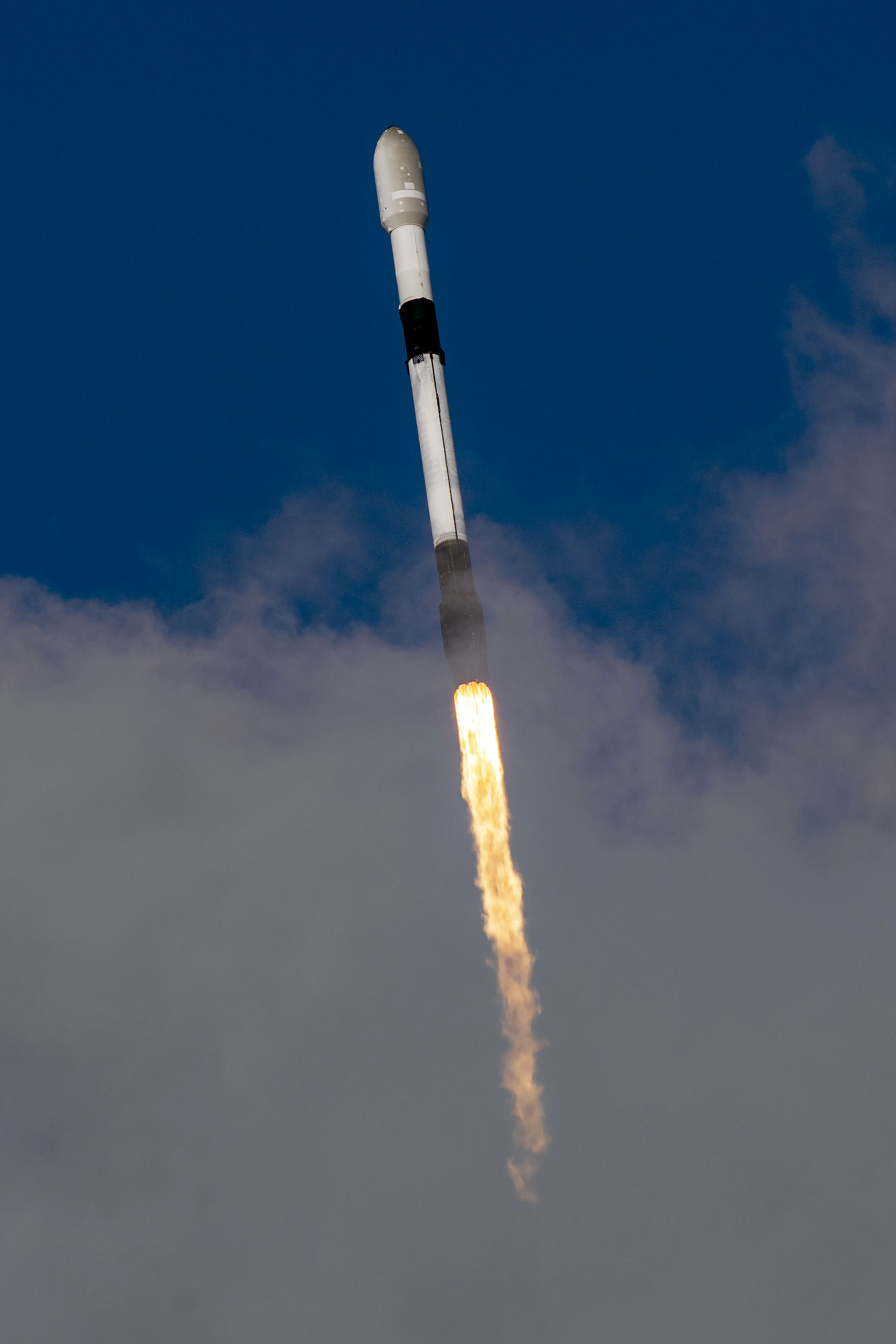
Falcon 9 Booster
The booster supporting the Crew-7 mission is B1083-1. As the name implies, the booster has supported zero previous missions, making Crew-8 the very first. This is the sixth time an unused Falcon 9 booster will launch humans.
Following stage separation, the Falcon 9 will conduct three burns. These burns will softly touch down the booster at SpaceX’s Landing Zone 1.
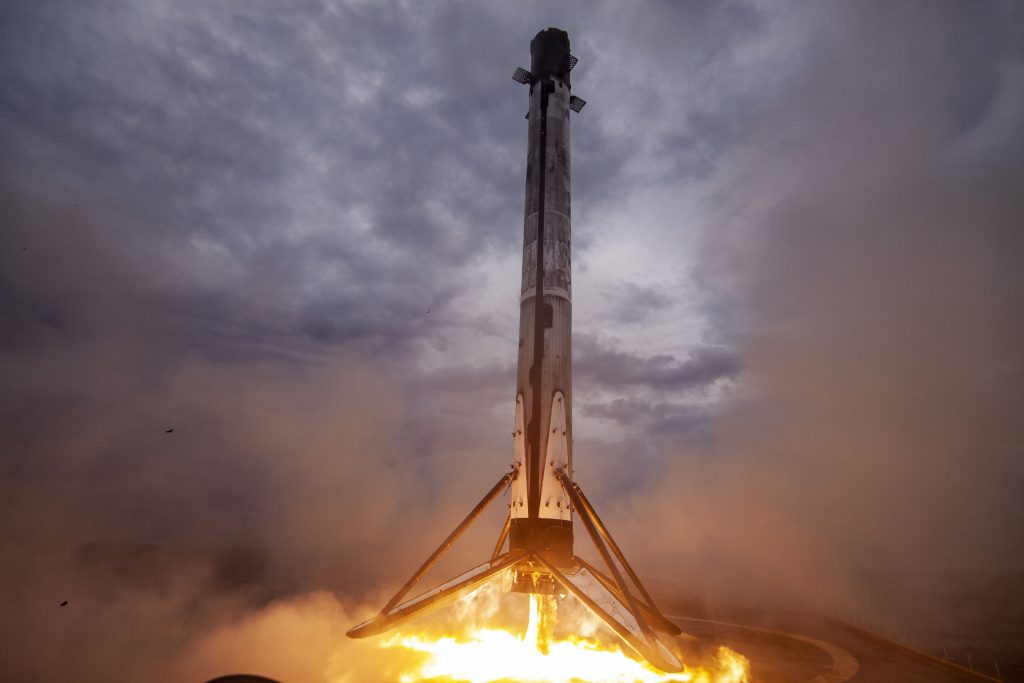
Crew Dragon
The Crew-8 mission will be the fifth mission to the ISS for Crew Dragon Endeavour C206. Like its fellow Dragons it will return to Earth after serving its time on the ISS bringing back experiments and other cargo. It will then be refurbished and used on another mission in the future.
| C206’s missions | Launch Date (UTC) | Turnaround Time (Days) |
|---|---|---|
| Demo-2 | May 30, 2020 | N/A |
| Crew-2 | April 23, 2021 | 328 |
| Axiom Mission 1 | April 8, 2022 | 350 |
| Crew-6 | March 2, 2023 | 328 |
| Crew-8 | March 1, 2024 | 365 |
Crew Dragon is 8.1 m (26.6 ft in) in height and 3.7 meters (12 feet) in diameter. Similar to Cargo Dragon 2, the Crew Dragon spacecraft can and will automatically dock on the ISS with the astronauts inside monitoring the approach and intervening if necessary.
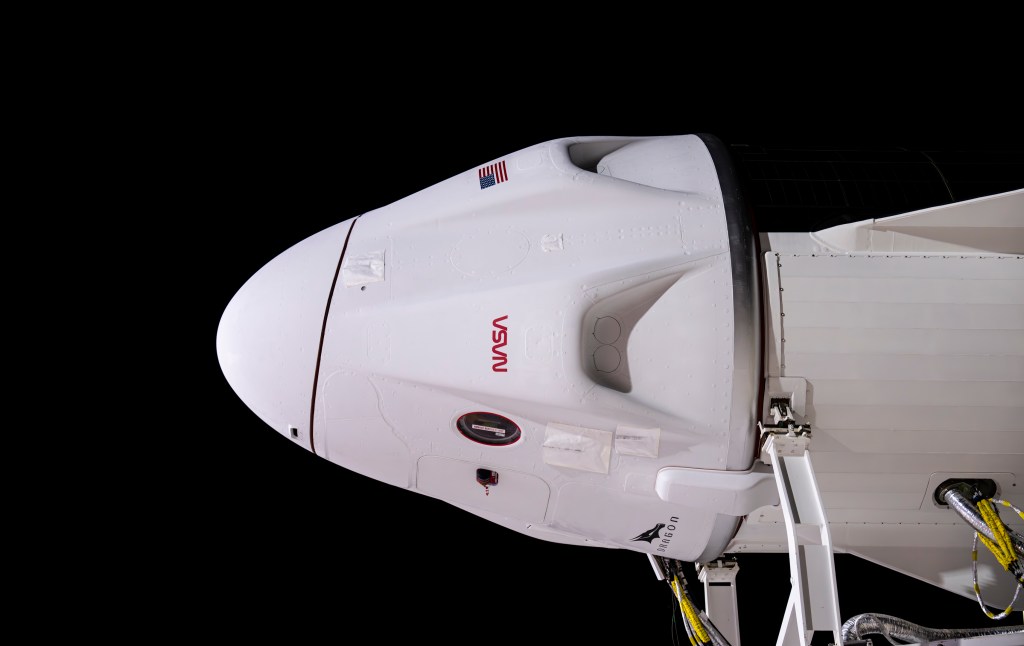


The Crew Dragon shares a similar design with the Cargo Dragon 2 spacecraft intended to carry cargo and experiments to the ISS and back to Earth. However, there are some differences. The Cargo Dragon 2 does not have SuperDraco abort engines, nor a sophisticated life support system since there will be no human passengers on board. The ability to abort at any point during launch is reserved to Crew Dragon. In the pressurized section, the seats and crew displays in Cargo Dragon 2 have been swapped for cargo racks. The environmental control system has also been reduced, both in size and complexity, with those systems being more capable on Crew Dragon.
Crew-8 Countdown
| HR/MIN/SEC | EVENT |
|---|---|
| 00:45:00 | SpaceX Launch Director verifies go for propellant load |
| 00:42:00 | Crew access arm retracts |
| 00:37:00 | Dragon’s launch escape system is armed |
| 00:35:00 | RP-1 (rocket grade kerosene) loading begins |
| 00:35:00 | 1st stage LOX (liquid oxygen) loading begins |
| 00:16:00 | 2nd stage LOX loading begins |
| 00:07:00 | Falcon 9 begins engine chill prior to launch |
| 00:05:00 | Dragon transitions to internal power |
| 00:01:00 | Command flight computer to begin final prelaunch checks |
| 00:01:00 | Propellant tank pressurization to flight pressure begins |
| 00:00:45 | SpaceX Launch Director verifies go for launch |
| 00:00:03 | Engine controller commands engine ignition sequence to start |
| 00:00:00 | Falcon 9 liftoff |
Crew-8 Launch, Landing, And Dragon Separation
All Times Approximate
| HR/MIN/SEC | EVENT |
|---|---|
| 00:01:02 | Max Q (moment of peak mechanical stress on the rocket) |
| 00:02:34 | 1st stage main engine cutoff (MECO) |
| 00:02:38 | 1st and 2nd stages separate |
| 00:02:45 | 2nd stage engine starts |
| 00:07:22 | 1st stage entry burn |
| 00:08:47 | 2nd stage engine cutoff (SECO-1) |
| 00:08:59 | 1st stage landing burn |
| 00:09:26 | 1st stage landing |
| 00:11:57 | Dragon separates from 2nd stage |
| 00:12:45 | Dragon nosecone open sequence begins |


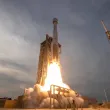
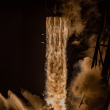



“This will be ” doesn’t include 249th reflight of a booster.
(reflights are more significant than landings)
This is is the 13th, not the 12th crewed Crew Dragon flight by SpaceX.
Demo 2, Crew 1-8, Inspiration4, Axiom 1-3.
1+8+1+3
=13
(Note: I am NOT the astronaut who flew in Crew 1.)